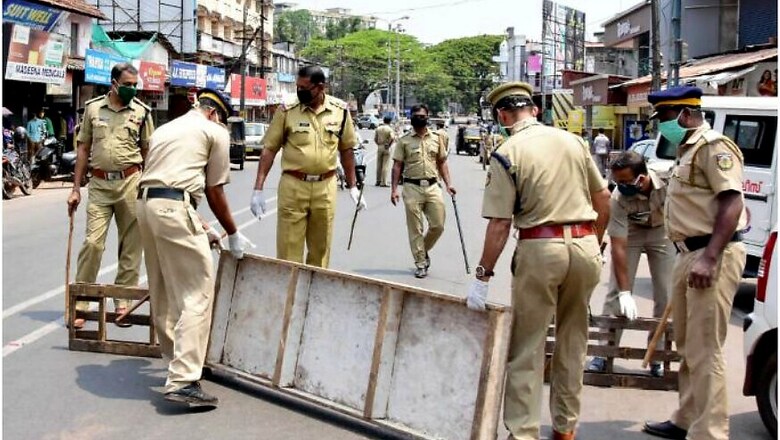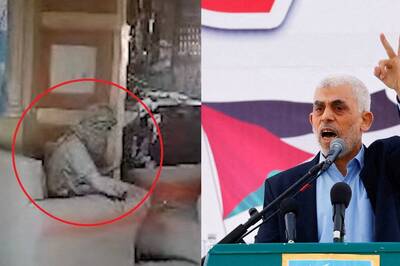
views
Thiruvanathapuram: It took 10 days and a perfect combination of technology and policy implementation to halve the rate of the spread of coronavirus in one of India's worst hit hotspots. In Kerala's Kasaragod district, the rate of progression of COVID-19 cases came down to 1.3% on Thursday from 3.12% on March 31.
The number of cases in Kasaragod stood at 106 on March 31, with the tally having increased to 156 by Thursday.
"Of the 156 cases, 102 are people with travel history while the rest are all primary contacts. This is a great achievement as we could control the spread," said Inspector General Vijay Sakhare, special officer for COVID-19 in the district.
The development came even as 12 more people tested positive for coronavirus in Kerala on Thursday, taking the total number of confirmed cases to 357, as Chief Minister Pinarayi Vijayan cautioned that the state should continue to maintain vigil against the pandemic.
While the northern districts of Kannur and Kasaragod reported four cases each, two cases were reported from Malappuram district and one each from Kollam and Thiruvananthapuram districts.
Section 144 of the CrPC, which prohibits the assembly of four or more people in public, was imposed in Kasaragod on March 22 as the number of cases rose and a person returning from a Gulf country was reported to have skipped quarantine and attended weddings and funerals. He later tested positive, following which two MLAs, who had come in contact with him, went into self-isolation.
Taking further strict measures, all shops were closed and only those selling essential commodities were open from 11 am to 5 pm. However, several people continued to flout the restrictions, which led to the deployment of a special task force on March 24.
Sakhare said the administration's first task was to strictly implement the lockdown. "We saw that people were coming out of their houses for silly reasons. In the name of buying essentials, they were coming out three to four times in a day," he said. "We realised this cannot continue and decided to put up road blocks across the district. The idea was to segregate villages so that people won't go from one village to other. We have been successful in controlling this."
Sakhare said seven clusters in Kasaragod had reported the positive cases. These were locked down and people there were not allowed to leave their houses. Essential items were home-delivered to them.
Keeping people in quarantine was the biggest challenge the administration faced as about 10,000 people were in isolation.
Speaking about the measures taken by the police to spread awareness, Sakhare said their teams met everyone and informed them of what needed to be done and also showed them awareness videos.
In an innovative move to coordinate with people and keep a check on them, the police made them download a mobile application. "Through the app, we monitored if they were following the quarantine guidelines. In case they needed help, we could get their location through the app and provide help," said Sakhare.
The app further helped catch about 100 people who did not follow the guidelines. They were then sent to government quarantine, he said. Police have also used drones to monitor people.
Sakhare said the situation in the district is improving and authorities expect that the number of cases will not rise beyond 200 in the coming two weeks.



















Comments
0 comment